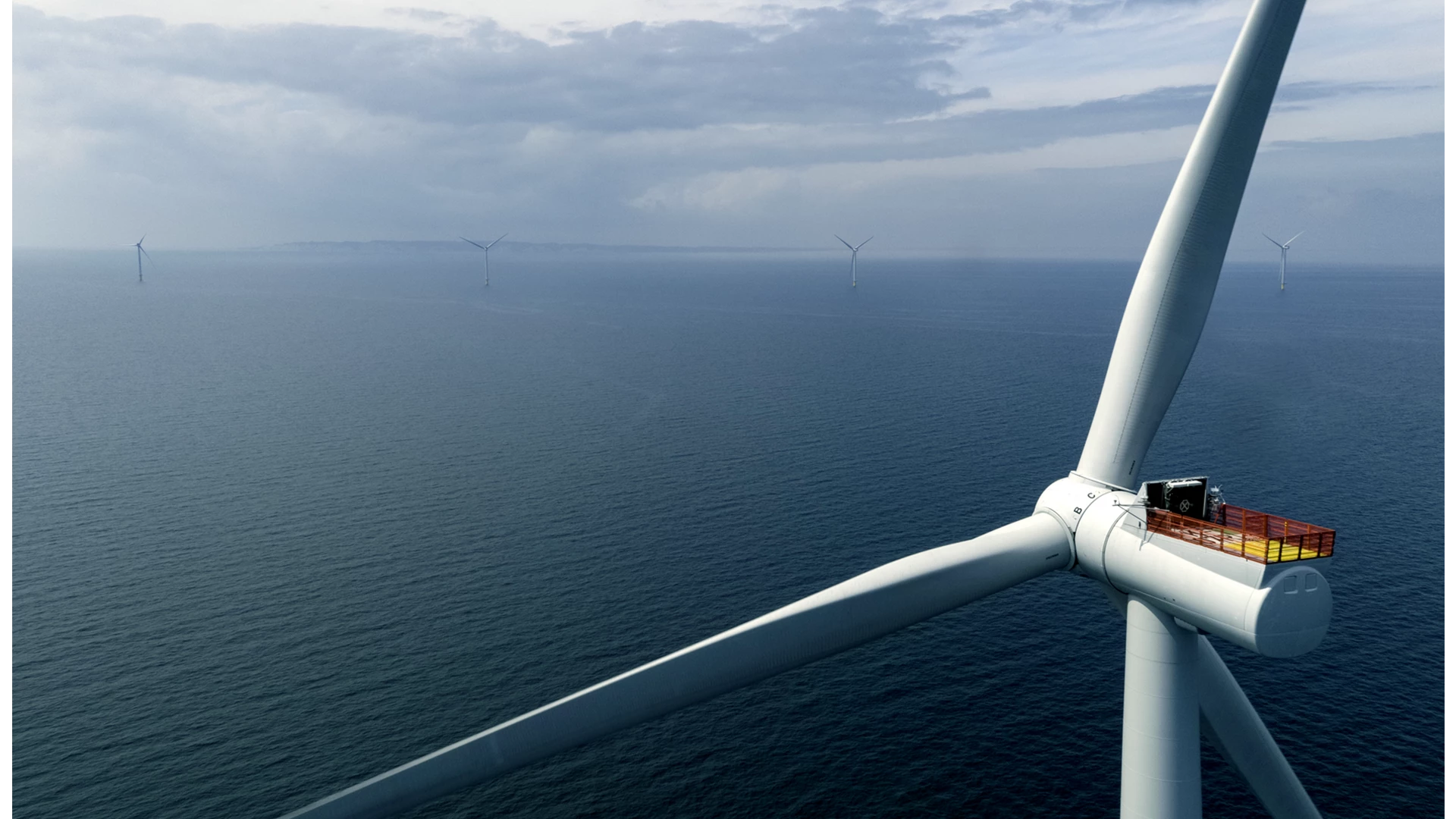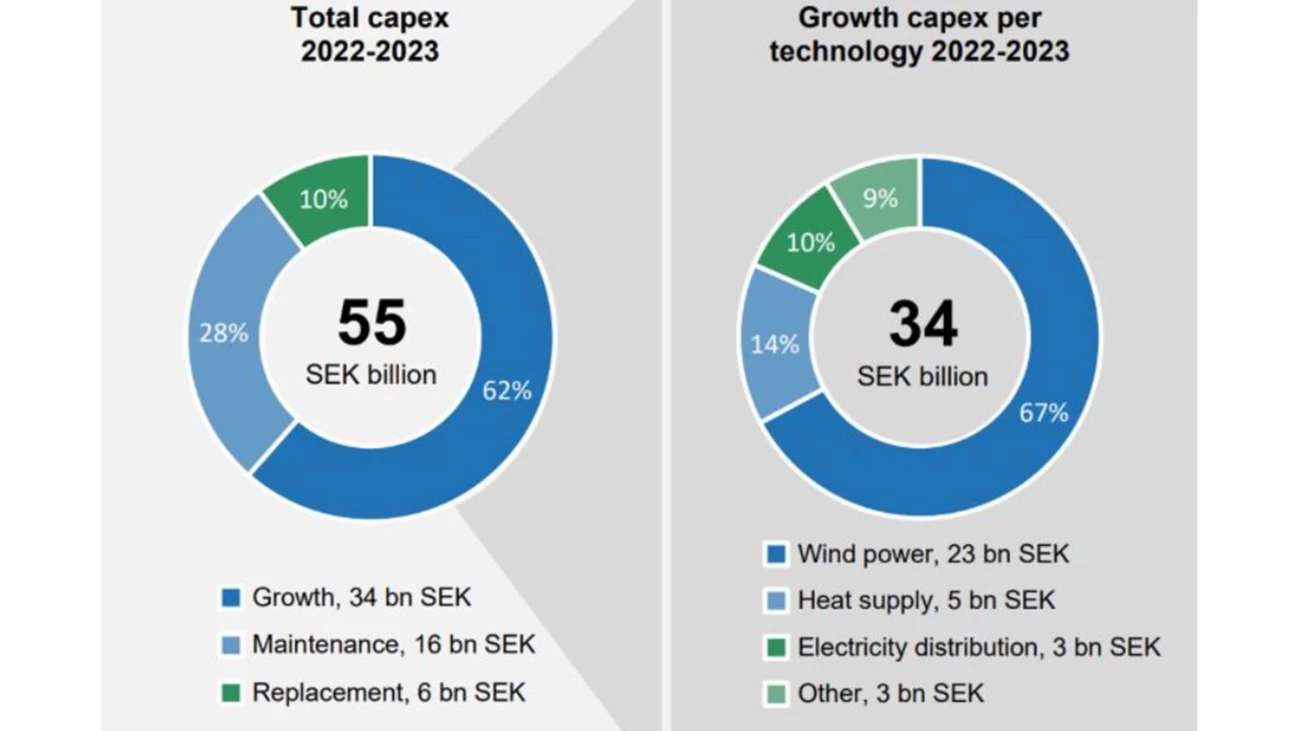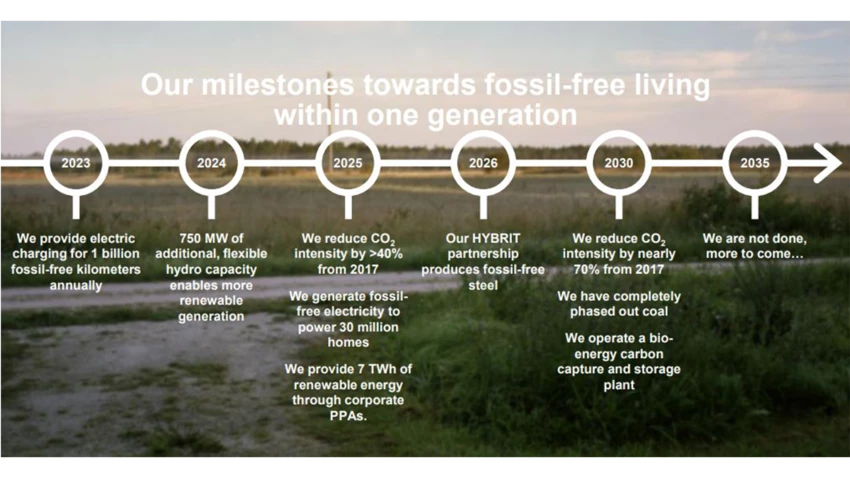JT: Do you prefer to be the sole owner or operator in projects, or to work with partners?
MN: For the majority of Vattenfall's asset base, we are the sole owner but partnerships have been and are an integral part of our business model. Our nuclear partnerships have been operational for a long time and we are addressing our renewable endeavours with partnerships in mind. We have partners holding significant minorities in many of our offshore assets and that is a model we will pursue going forward. We also partner in a sense by developing onshore wind and solar assets with the intention of selling these assets to other players along the value chain.
JT: You are state-owned and mainly use bonds for your funding needs. Is project finance in your toolbox? What are your historical experiences?
MN: Our prime long-term debt is raised in the capital markets by the parent company, Vattenfall AB. We run a blended portfolio of assets, which creates predictability, stability and growth, which is attractive to a wide array of lenders. Project finance or subordinated debt has not been seen as competitive compared to senior bonds for assets we own or control/consolidate. However, even if our financing strategy for our controlled assets remains the same, we are moving into massive renewable projects where we plan to create wider partnerships and invite the project finance banks in our markets to participate, in some cases. We are, for instance, in the final phase of constructing a 384 MW windfarm called Blakliden-Fäbodberget together with two partners, Vestas and AIP Management. We hold a minority stake in the project and a substantial part of the funding is through project financing.
JT: What are the benefits of project finance compared to other alternatives? Do you get access to more types of lenders? Are you able to involve different types of lenders at different stages of the project?
MN: Project finance has been, and will continue to be, critical for the continuous transformation of our energy system. Vattenfall and our peer group are the outliers in how renewable energy is financed. Project finance is the norm. Project finance has several benefits, ranging from allowing good projects to be executed on their own merits, rather than on the merits of a sponsor's balance sheet, to, I believe more importantly, forcing the industry to clarify the deliverables along the full value chain to create bankability. The project finance community is responsible for clarifying how to create a predictable revenue stream through power offtake and setting construction standards through engineering, procurement and construction (EPC) contracting.
Regarding lender activity and access, traditional trickle-down dynamics apply. Certain banks are more active in the earlier phases of an industry's development and the maturity of individual projects. As the market matures, the long list for a potential bank group expands. If we take the offshore wind industry as an example, we have moved from having a select group of banks being prepared to lend to spinning assets with solid sponsors to a situation now when a large number or even most of the global banks are prepared to lend pre-construction.
I believe the same banks will follow you along the maturity of the project, but that might be a result of the sponsor I represent. I can imagine a situation where expert banks could take risks in earlier phases to be refinanced into a broader group. With similar logic, I think we will see more access directly into the capital markets for operational assets or clusters of such assets.





